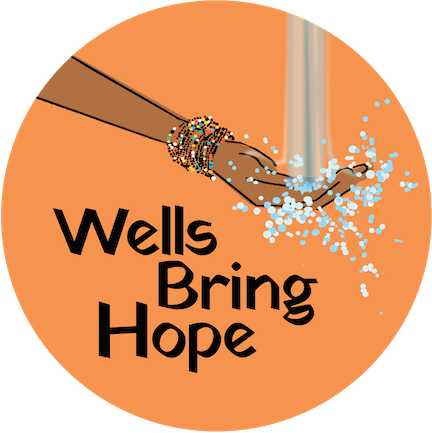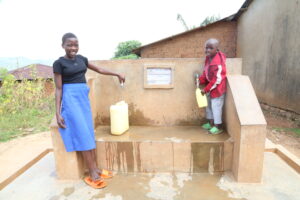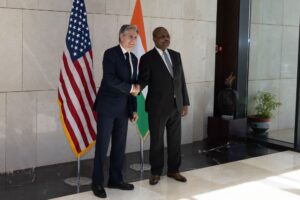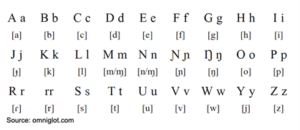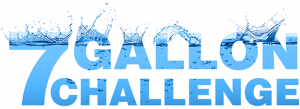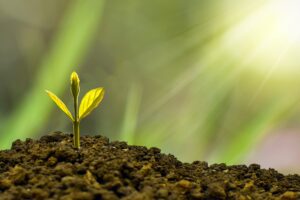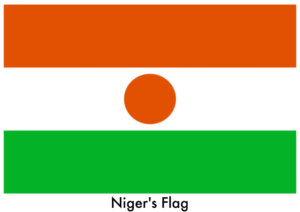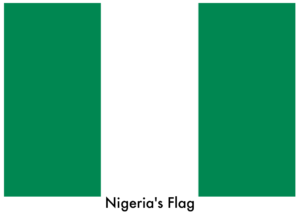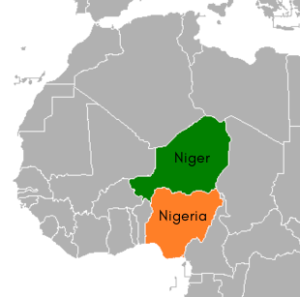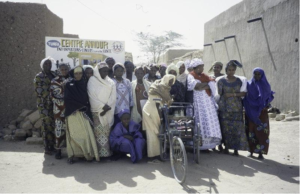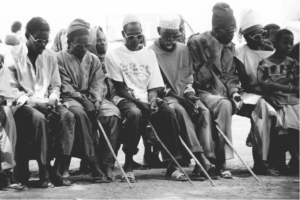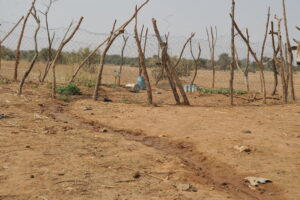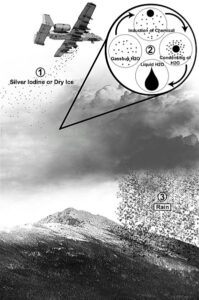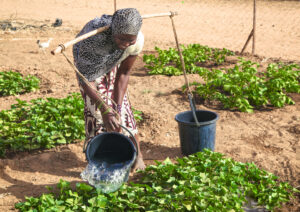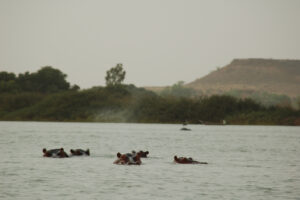On Sunday, May 21st, some of Wells Bring Hope’s most loyal L.A.-based supporters gathered at the home of WBH president and founder Barbara Goldberg for a donor appreciation brunch. It was a glorious sunny day as we gathered in her Japanese garden.
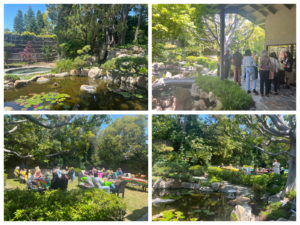
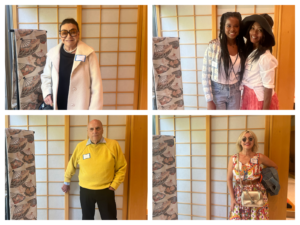
Guests sipped mimosas and bloody marys while enjoying delicious bagels (courtesy of Western Bagel) with cream cheese and smoked salmon. There were also plenty of pastries to satisfy everyone’s sweet tooth and a delicious watermelon salad, courtesy of board members David Girard and Eduardo Robles.
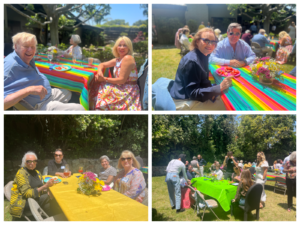
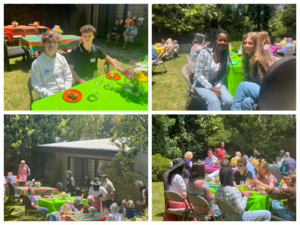
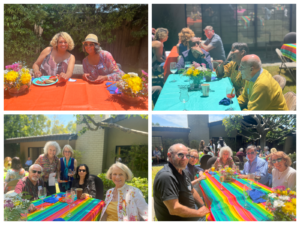
We had an incredible group of volunteers – eight scholars and two teachers from Odyssey STEM Academy in Lakewood. They helped set up, greeted guests and ensured that the event went off without a hitch. Angel, one of the amazing student volunteers, is responsible for all of these photos! If you would like a copy of any of these photos, please email kate@wellsbringhope.org.
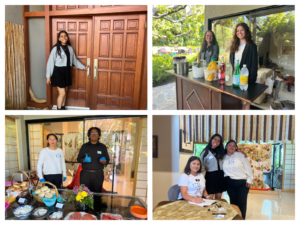
Once guests had a chance to mix, mingle, eat and drink, Barbara formally welcomed them and expressed our deep appreciation for their support of Wells Bring Hope, especially those who had been with us since the very beginning. She also introduced WBH’s valued board members.
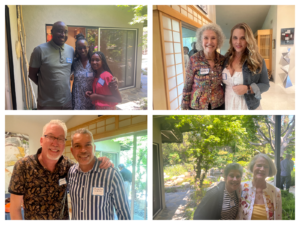
Barbara announced that we are only about $20,000 away from hitting the six million dollar milestone raised since we started in 2008. She also asked everyone to mark their calendars for our 15th anniversary fundraiser, which will be held on October 1st at the home of Sukey and Gil Garcetti, the man who inspired our cause and this year’s honoree.
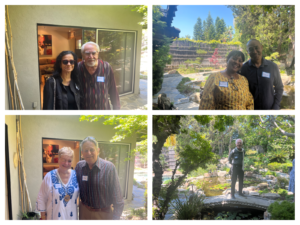
Finally, Director of Operations Kate Cusimano introduced four recent graduates of our Ambassadors Program who have been working hard to apply what they learned to help save lives with safe water in Niger.
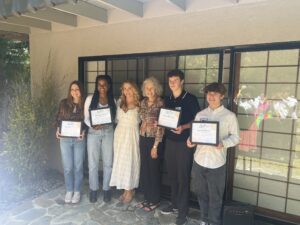
Siblings Mackenzie and Ben Nelson along with their friends Bronwyn Vance and Adam Neiberger, formed a group called H2O (Help to Others), and have dedicated themselves to water causes. Back in March, they set a goal of raising funds for four wells ($25,200). When they exceeded that amount this month, they raised their goal to six wells! We are so incredibly grateful for these generous, hard-working global citizens and all of our amazing donors!
